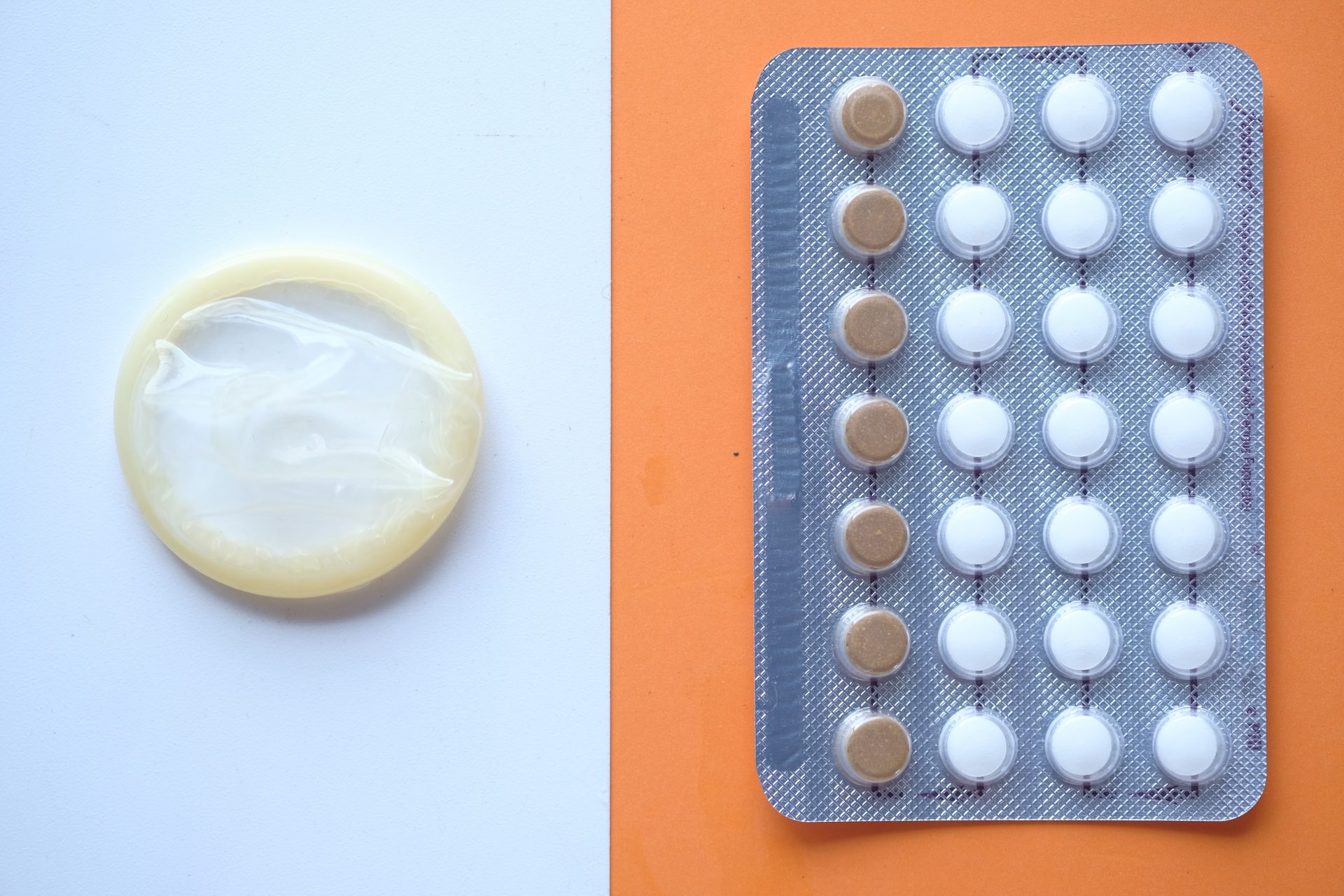For sexual health week (11-16 October), Stylist and gynaecological health company Daye break down what we’re still getting wrong about sexually transmitted infections.
Cast your mind back to your secondary school sex education lessons: does the very thought of it make you cringe?
Because shockingly, putting condoms on bananas and labelling diagrams of vulvas is quite limited. In fact, a 2016 study found that almost three-quarters of pupils are not taught about important issues like consent and at least 95% don’t receive education about lesbian, gay, bisexual and transgender relationships in school.
Therefore it’s no surprise that when it comes to STIs, even though there were 317,901 diagnoses of STIs made in England in 2020, there’s still plenty we don’t know or get wrong.
Over 70% of men and over 85% of women are classified as having had unsafe sex in the past year, but 64% of men and 73% of women said they perceived themselves as not at all at risk for STIs.
So to mark sexual health week, Valentina Milanova, founder of Daye, a gynaecological health company that is committed to raising the standards in gynae health, is helping Stylist to dispel some of the most common myths.
You may also like
Trichomonas vaginalis: an “unknown” STI that can increase HIV risk is surging among women of colour
Myth: all STIs have symptoms
One of the most common myths associated with sexual health is that all STIs have symptoms. However, Milanova explains that some 70% of female STIs are asymptomatic, so you won’t know you have an STI unless you get tested. “This is why it’s extremely important to get tested regularly, even if you are in a monogamous relationship,” she says.
Myth: STIs will eventually disappear without treatment
Unfortunately, STIs will not go away by themselves. However, most STIs can be treated with a simple course of antibiotics. “Early detection is important,” Milanova suggests.“Like other infections, the longer an STI is left untreated, the more serious the potential health implications become.”
Myth: condoms can protect against all STIs
While condoms are generally great at protecting against STIs such as chlamydia and gonorrhoea, you can still catch herpes, genital warts and syphilis even if you always practise protected sex. “This is why it’s important to ensure that both you and your partner get tested regularly, even if you do use a condom when having sex,” repeats Milanova.

Myth: STIs only affect young people who have sex frequently with multiple people
Actually, anyone who is sexually active can contract an STI, no matter their gender, age, or sexuality. STIs do not discriminate and are perfectly normal.
Myth: the contraceptive pill protects against STIs
The pill can prevent pregnancy, but it cannot stop you from catching an STI. The most effective way to protect against STIs is by using a condom.
Images: Getty
Source: Read Full Article
